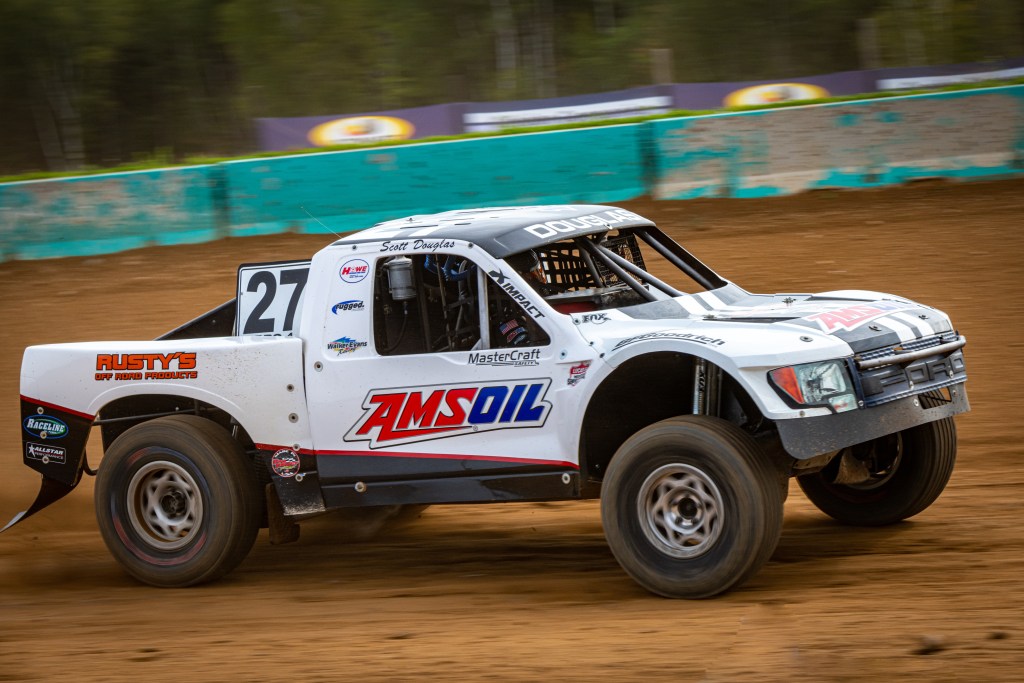I Drive Aggressive: Is Racing Oil a better choice for my Daily Driver? Motorists who are passionate about engine protection and performance can easily succumb to the following line of reasoning: 1) Racing engines are more severe than my engine. 2) Racing engines use racing oil. 3) Therefore, I should use racing oil in my […]
You are browsing archives for
Tag: racing oil
Racing Oil vs. Regular Oil: What’s the D
Why not use Racing Oil in my Car If It’s Tougher? John Baker|Nov 29, 2019 8:00 AM When deciding if racing oil is right for their vehicles, gearheads and other enthusiasts sometimes offer this line of reasoning: Racing engines are more severe than my engine Racing engines use racing oil Therefore, I should use racing […]
World’s Most Powerful Outboard Motors Re
World’s Most Powerful Outboard Motors Rely on AMSOIL Seven Marine, maker of the world’s most powerful outboard motors, has a saying: We move the people who move the world. The Germantown, Wis. company designs, builds and sells outboard motors that produce up to an astonishing 627 hp and power some of the fastest and most […]


